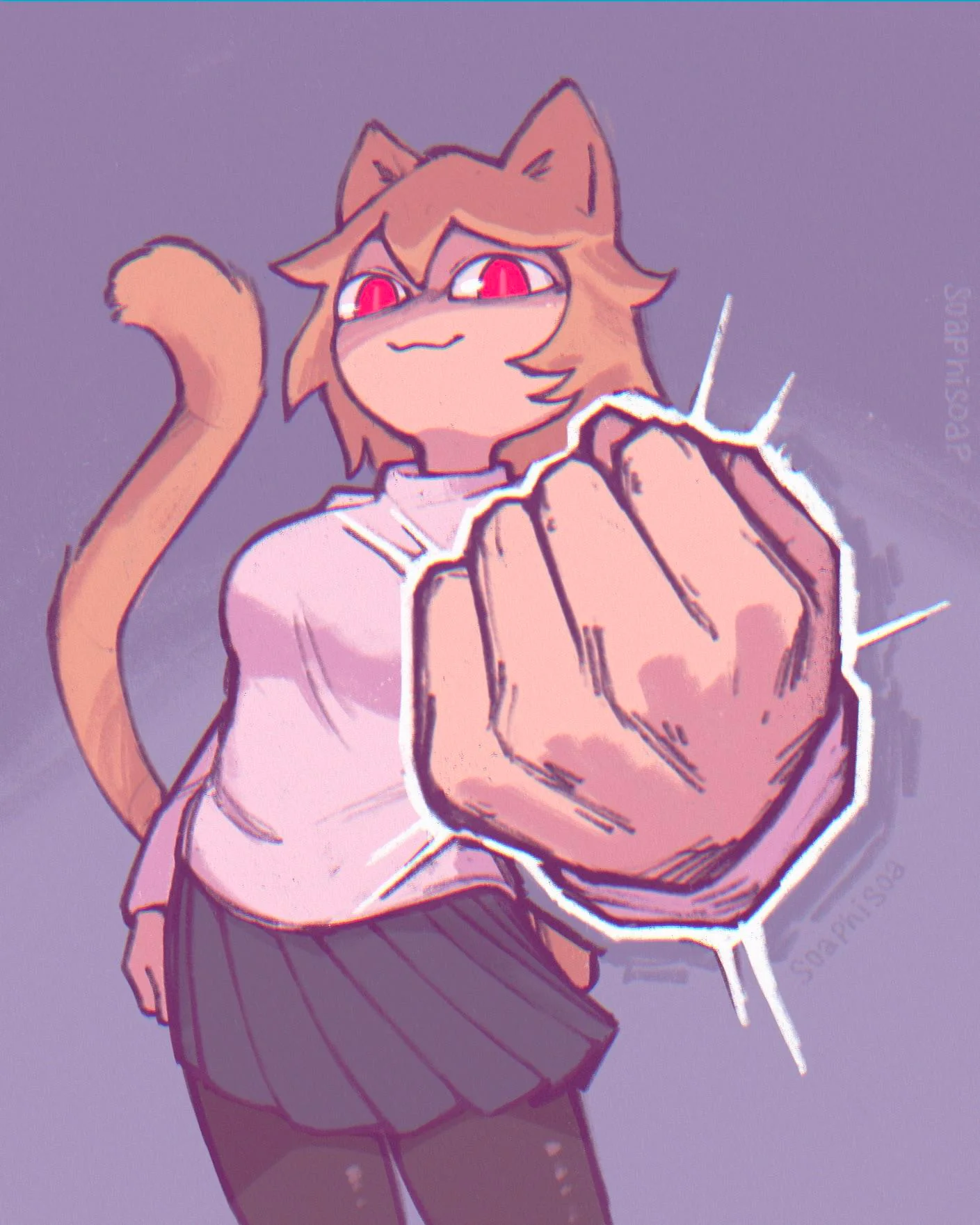TRPG Player Aims For The Strongest Build In Another World ~Mr. Henderson Preach the Gospel~ - Vol 2 Chapter 1
- Home
- All
- TRPG Player Aims For The Strongest Build In Another World ~Mr. Henderson Preach the Gospel~
- Vol 2 Chapter 1 - Boyhood – Early Autumn, at Twelve
Vol 2 Chapter 1 – Boyhood – Early Autumn, at Twelve
Only those who have never been complimented and gotten carried away should throw stones at me.
“Splendid, isn’t it, oi.”
“Is that so?”
Having received praise from Master Smith—the sole owner of the village’s smithy, a tunnel-dweller who might at times be called a dwarf—I, feeling abashed, scratched my cheek.
“But to finish an entire set in such a short time…”
Before Master Smith’s admiring eyes, the wooden counter was lined with all the wooden molds I had crafted. Twenty‐five different types of pieces used in the board game were arrayed neatly.
These are the pieces for the board game “Heienki,” popular in the Triple‐Line Empire and its neighboring nations—a shogi-like game played on a 12×12 board where the Emperor and Crown Prince vie against each other.
Like standard shogi, each piece has its own unique movements and rules; however, its greatest feature is that out of the 25 types, only the Emperor and Crown Prince are fixed, while one may freely select 28 pieces and arrange 30 pieces on one’s own four rows as a formation.
This game, which bears a resemblance to a card game, is highly popular for its intricately interwoven tactics and profound depth. Although it appears complex, knowing the movements of the pieces and having a summary of a few special rules is enough to play; hence it is a major competitive pastime in the relatively literate Triple‐Line Empire and its satellite nations.
By freely arranging between one and twelve pieces of each type—balancing, of course, the disparity between a powerful piece akin to a rook (of which only one may be placed) and pawns (of which up to twelve may be used)—one constructs an army and formation, so that no fixed “optimal solution” like “this is overpowered” exists. I’ve even heard that some long-lived individuals become so engrossed in it that they play for centuries. That’s how popular the game is around here.
Moreover, the demand for pieces is directly proportional to its popularity.
Since one side requires the production of 140 pieces across 25 types, an enormous number must be made.
Cheap versions made from boards bearing only abbreviations are readily available, but three-dimensional pieces with an appearance befitting noble offices can be worth as much as an entire manor.
What I completed as a side job during the summer when I was twelve was a full set of wooden molds for casting such pieces.
“It’s truly splendid, but to finish this in one summer…?”
The short, stocky Master Smith—whose height barely reaches my waist—inspected the Emperor piece closely and grumbled. The figure of the Emperor, depicted as a robust middle-aged man proudly holding a flag, is modeled after the very Emperor who, over 120 years ago, repelled an invasion by a coalition of several nations in concert with a young Crown Prince, and who remains popular to this day.
As he gazed at the flag—designed to evoke the image of it fluttering in the wind—he stroked the magnificent beard that tunnel-dwellers take pride in, clearly showing genuine admiration.
“This is my masterpiece. I based it on the portrait of the Black-Flag Emperor I saw at the cathedral.”
“Well, it’s a popular Emperor, after all. The Emperor and Crown Prince pieces depicting the Black-Flag Emperor and the Silver Crown Prince as a parent–child pair are sure to sell well.”
Even if they aren’t worth an entire manor, finely made pieces trade for a good price. Whether sold as a complete set or individually—many customers purchase pieces in a style they favor—the pieces modeled after the renowned royal and imperial families of various nations are especially in demand. I was told this, so I put my utmost effort into making them.
The large pieces are about the height of a forefinger, while the small pieces are molded to the size of a little finger. It was a struggle to size them so that, including their bases, they fit neatly into the squares of the meeting hall’s board while also striking a cool pose.
“So, how is it, Master? With this…”
“That’s right… well, looks good.”
After waiting until he had examined all the pieces, Master Smith nodded in approval with his arms crossed and then declared,
“Let’s get you a full suit of armor made.”
“Thank you very much!!”
He nodded magnanimously, assuring me of my payment.
“I never really thought you’d actually manage to make them, and even if you did, I expected it would take half a year—but you really did well.”
“Ah…”
It’s always gratifying to have one’s work recognized. To receive the reward for the commission and get what I want is a real treat.
“Alright then, let’s take your measurements. You humans still grow, right? I’ll tailor it so adjustments can be made.”
I leapt from the chair at the counter and followed Master Smith into the workshop, where he swung his shoulders to get pumped up. I trembled with joy at the reward for a month’s worth of hard work.
It all started this summer, just before I turned twelve.
Money is needed.
Adventurers, after all, require a full set of equipment and weapons. However, unfortunately, the weapons and armor in this world are exorbitantly expensive—to the point that even a basic set consisting of under-armor, a mantle, and a hard leather cuirass could sustain my household for a month.
That’s understandable. Since a large amount of hard leather, metal rivets, and metal plates are required, the raw materials naturally come at a high price. Even though I operate under a TRPG system, the economy does not, so prices are completely different. In this world, even a copper sword is a fortune.
It goes without saying that such items are not something I, the fourth son, can even dream of. Moreover, having just built a separate house for my older brother and his wife, our household is now under strict financial constraints. With plans to officially welcome a bride into our home next year—and when considering the dowry and wedding banquet expenses—even if I’m dearly loved, there’s simply no room for such extravagance.
Therefore, I have no choice but to pay for it myself.
Of course, I’m not foolish enough to wander into ruins empty-handed like some hunter chasing after weapons, and since raw materials are so expensive, I didn’t rashly try to learn blacksmithing.
I have a side job. Under the pretext of making it easier to leave home in the future—or perhaps as an excuse for myself—I repeatedly engage in woodworking. As a result, my 《mature》 woodworking carving skill and my 《proficient》 《artistic sense》 for making pieces have improved to the point where earning money is a breeze.
Putting aside my self-excuses, when I brought in the wooden mold of a pawn I had carved as a sample, Master Smith was so impressed with its quality that he proposed to provide a full suit of armor made using a complete set of wooden molds for crafting Heienki pieces.
For someone like me who was planning to sell the molds to fund my project, this was an unexpected proposal—and I jumped at the chance without hesitation.
Sure, devising and carving designs for 25 types of pieces was hard work, but the prospect of obtaining my own armor was highly motivating. I didn’t hesitate to cut back on my usual side jobs and devote all my free time to it. Working with Margit—who was nagging me about my posture, practically glued to my back—did give me stiff shoulders, but she later treated me to a massage (nothing indecent, alright?), so that’s all forgiven.
Driven by my passion for my own armor—a fantasy that would undoubtedly excite any fan of the genre—and by the very real urgency of leaving home in just over two years, the pieces were completed with unprecedented speed.
And now, at last, my long-cherished wish is coming true as I get measured.
“Hmm, you’re one of those, huh. Looks like you’ll keep growing tall.”
While taking my measurements with a tape measure, Master Smith lightly grabbed my shoulder and said this. I figure that with my potential, I should reach around 180 cm.
“How can you tell that?”
“Even in my youth, I worked in a workshop in Innenstadt, dealing with rough-and-tumble adventurers and mercenaries. After seeing countless kids go from amateurs to veterans, you learn to tell just by feel.”
While measuring my shoulder width and arm length, Master Smith took notes and nodded in appreciation. If I recall correctly, Innenstadt is a large riverside city to the west of the manor, home to tens of thousands, where my father would unload crops to secure his tax payments. My older brother had gone along on caravans several times to learn the trade, but, unfortunately, I had never been there.
But if one had worked in a workshop in such a big city, wouldn’t anything eventually find its way here?
“You’ve got the build of a properly trained swordsman… though your height and chest seem a bit off. Is this… a shortbow or something?”
“Oh, you have keen insight.”
To be able to tell just by touch—you truly are remarkable.
In fact, alongside swordsmanship, I’ve been learning how to handle a shortbow from Margit.
After all, even though I experienced the remarkable event of receiving a ring from an old mage, I still haven’t progressed to the next event—leaving me without any option for ranged attacks.
However, finding that rather inconvenient, I recalled that my childhood friend is a hunter. I thought perhaps I could learn from him due to our family connection, and to my relief, he agreed without hesitation and has been giving me practice sessions in his spare time.
Thanks to that, I’ve unlocked various skills related to archery, as well as bonus skills in sneaking and stalking in forests and mountains as a hunter. For an adventurer darting about, these skills are absolutely indispensable.
Yeah, they’re definitely not a waste—I’m not ignoring any lost proficiency either. I’ve managed to make up for it quite well through practice. Yeah.
“I see, so a bow, huh… but I’m not an expert in bows, so sorry, but even if you bring one, I can’t tailor it for you.”
“Is that so?”
“Even though, as a master, I’m permitted to forge armor (aside from sheet metal), swords, and spearheads, bows and arrows fall outside my jurisdiction. Just because I’m a blacksmith doesn’t mean I can make anything.”
In my mind, the village blacksmith is an all-rounder who makes everything from weapons to armor to projectiles, but it seems that in this world, that isn’t the case. I heard in passing during our chat while taking measurements that Master Smith belongs to the Innenstadt Blacksmiths’ Guild—and has obtained a license to officially work as a blacksmith.
Due to national policies designed to prevent the outflow of refining and casting techniques, all smithies must be registered with the guild, and blacksmiths require permits. While it may seem overly strict to have their production choices regulated, it’s probably necessary to prevent any decline in military strength if the information were to leak.
So, being a blacksmith is essentially a state qualification… When you think about it, those in the village making nails, buckets, and barrel hoops hold quite an important position.
I had long thought of Mr. Smith as merely a nail and knife craftsman. Had it not been for Mr. Lambert’s guidance, I’d have been left fretting over how to obtain armor.
“Then, what about swords…”
“Everything the vigilante group carries is forged by me.”
I was mildly surprised when he said, “If you want, I can make you an entire set.”
However, weapons practical for the battlefield are subject to a “minimum official price” set by the lord for public order, and if forged and sold outside of a lord’s commission, they inevitably command an exorbitant price.
That makes sense. If weapons could be bought so casually, it might even pave the way for the formation of bandit groups—so from a security standpoint, it’s only natural. Even in a fantasy world, not everything lives up to our lofty dreams.
Moreover, I heard that each sword is engraved with a serial number and comes with a certificate—as if it were some sort of firearm—which baffled me. Then it struck me that since each sword can kill a person, of course it must be handled with extreme care; a notion that even my modern sensibilities find entirely reasonable.
“Well, it seems that things are kept this strict only around here.”
After finishing the measurements, Master Smith folded his notes, sat down at a low drafting table, and took out a thin sheet of fiber paper. I had grown accustomed to the well-established papermaking techniques here, though it appears that only coarse, low-quality paper is produced—hence, for long-term preservation, books are mainly made of parchment.
“That’s right—orders for nails and such are coming in steadily at the moment…”
Master Smith, counting on his fingers and calculating the schedule, mumbled that one of the orders was for your older brother’s separate house.
“Well, it should be finished by spring.”
Approximately half a year—reasonable for a full order, I suppose. In my previous life, I ordered suits every now and then, but this is my first time with armor—if it were available, who would know what it should cost? Besides, I’m not even sure if the price for the Heienki pieces I made is fair.
Well, it’s just within the confines of a small manor, so the rates aren’t outrageous. Tunnel-dwellers—comparable in a TRPG to dwarves—are said to live about 300 years on average, so if one is to live that long, one must be careful in how one conducts oneself. Without objection, I bowed my head and said, “Please, go ahead.”
【Tips】 Tunnel-Dwellers: A race characterized by a stature less than half that of humans, possessing a metallic skeletal structure and red, seething blood. They originate from ore-rich mountains and are noted for their superior strength, high tolerance for heat, and dark vision. Males are easily recognized by their robust builds and abundant beards, while females are distinguishable by their childlike facial features and ample physique compared to other races.

































